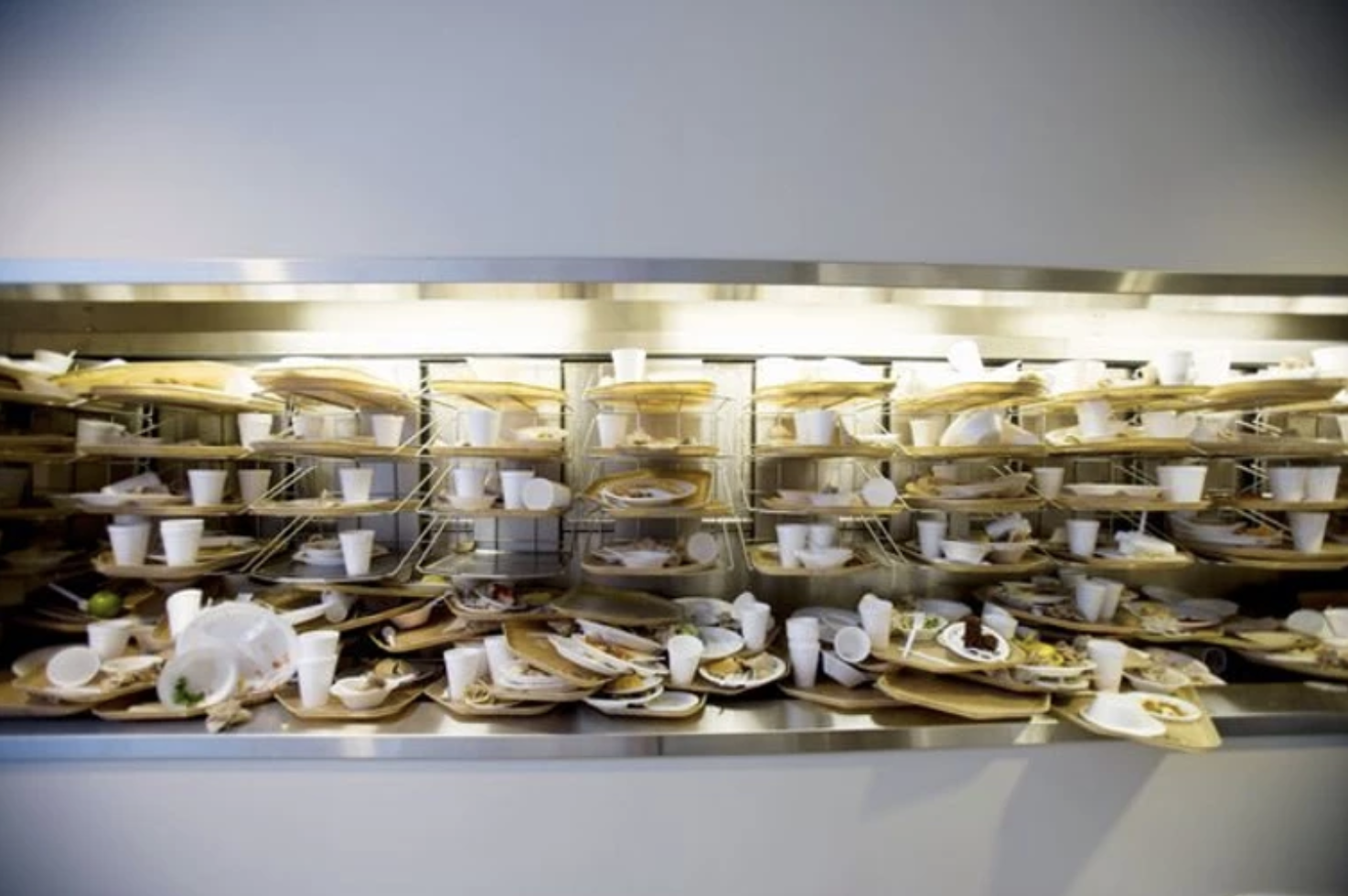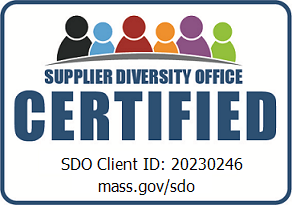Many colleges and universities have indicated a move toward “zero waste” in the past years, some with full-on “Zero Waste Plans” promoted to highlight their efforts. That said, despite the best-laid plans, sometimes these efforts can get sidelined due to external circumstances, campus politics, and/or just the enormity of the issue. It can be difficult to know where to start and how to generate the most impact efficiently – the “bang for your buck”, if you will. Green energy programs, LEED buildings and carbon neutrality programs are great, but are often long-term plays where strategic planning and tactical implementation can take years to fully manifest.
>
“If colleges and universities want to build quick momentum with high impact – often at a cost savings – they often have to look no further than their dining services practices where they can shift from single-use disposables to more sustainable reusable products. ”
The replacement of disposables with reusables can usually be easily integrated into a school’s zero waste efforts with minimal disruption. On-campus dining services are often well acquainted with implementing solutions targeting various types of waste, whether that is in the kitchen or at the trash barrel. Programs from upcycling food trimmings to converting used oil into biodiesel to food distribution practices are becoming more commonplace on campuses. For many schools, they already have the infrastructure to operationalize a system with minimal disruption. Plus, schools are also looking at ways to achieve impact quickly and then bring solutions to scale to drive impact – in both financial and environmental terms.
>
“Reusable foodware products provide a way for schools to retain the money they spend on single-use products that end up directly in the trash, effectively throwing money away. ”
However, there are some key ways to ensure the greatest success when implementing a reusables program on campus:
-
Product Safety
This is a key decision, as one of the main goals of campus administration is to ensure the overall safety and health of its students and faculty. Many foodware products utilized by dining services providers are marketed to be “safe and sustainable” are actually anything but.
The health issues associated with plastics are well known – from increased risks of cancer to immune system problems to even animal health issues. These risks can be increased when the plastics are heated, either by hot foods and beverage being put in them or via microwaving. When heated, plastics can cause chemicals to leach into the foods and drinks they contain. A 2019 study from Harvard Medical School went so far as to indicate microwaving in plastic containers is “generally not safe.” Even BPA-free plastics, which are considered “safe plastics,” may be problematic according to a University of Missouri study.
“Compostables” have been positioned as the solution to plastics, but these also carry significant health risks. A 2019 study from The Counter (formerly New Food Economy) found that most compostable food containers contain harmful chemicals called “PFAS” (per- and poly- flouroalkyl substances) to keep the foods and drinks from making the containers and cups soggy. These PFAS are considered “forever chemicals” which can seep into the ground as the fibers compost, and contaminate the soil and water tables below. If these chemicals are bad for the dirt, how good can they be for you or your students? In fact, PFAS are considered so toxic that they have been banned from food-use containers in New York, Washington State, Maine and several European countries like Denmark, Sweden and Germany. Even popular restaurant chains that use these products, like Chipotle, Sweetgreen, Wendy’s and others, have committed to remove PFAS-containing compostables from their operations.
-
Product Strength
Health aspects aside, the strength and durability of the foodware is something that both consumers and food services providers see as important. From the consumer perspective, they want something that makes the product look attractive and something that doesn’t feel flimsy in the hand. Food service providers want something that can maintain food/drink integrity (for example, temperature), enhance the experience for the consumer and withstand the actions of their customers and dishwashers.
Obviously, compostables are meant to be used one time and then are discarded, and they tend to be about as durable as the plastic and mixed paper products they “replace.” Depending on the plasticized coating they use, these products can withstand a single standard use and tend to do better with cold foods than hot ones which can make them get a bit soggy and flimsy. Not ideal if the consumer wants to save food for later and especially not if the food was hot at one time.
Reusable plastics tend to be somewhat durable; but after several uses and then cycles in the dishwasher, they can become warped, chipped, cracked or otherwise misshapen – leading to their ultimate demise. These plastic products also are not great at keeping food at temperature, which means everything quickly goes to a tepid lukewarm whether it was cold or hot when put into the container or cup. Additionally, despite the typical green color, these plastic containers tend to look and feel so similar to “traditional” plastic disposables that they often end up in the trash.
Stainless steel is stronger – more resilient to wear from use and dishwasher abuse. These products don’t crack, don’t become misshapen and don’t get soggy. Plus, if they are double-walled and vacuum-insulated, they can hold temperatures for quite some time. Added bonus, they look sleek and stylish too, which can add to the experience for the consumer.
-
Smart Technology
We have technology all around us constantly. But how can this be used to implement a reusables program on campus? You want to be able to quantify metrics, facilitate operations and have an easy-to-use interface for all parties involved. Plus, you want something that can actually help save you time and money. Additionally, you want something that can integrate easily into the other technologies you have on campus, whether that is your POS system for checkout or your student card system.
The optimal technology for reusables provides a sleek and simple frontend for the consumer in an easily accessible format. Plus on the backend, it allows for system monitoring and calculation of financial and environmental impact that can be collected for reporting. Lastly, it should be compatible with what you already have.
By Derek Neilson Impact Consultant







